About The Song
Willie Nelson’s “Blue Eyes Crying In The Rain” is a country ballad etched in the hearts of generations of listeners. Released in 1975 as part of his concept album “Red Headed Stranger,” the song transcended genre, becoming a signature tune for Nelson and a poignant reflection on heartbreak and lost love. This exploration delves into the song’s background, musical style, lyrical narrative, cultural impact, and enduring legacy.
Background
The exact origin story of “Blue Eyes Crying In The Rain” remains shrouded in some mystery. Songwriter Bobby Emmons, known for his work with The Highwaymen (a country supergroup featuring Nelson), claimed he wrote it with Nelson in a single afternoon. However, other accounts suggest the song had been kicking around for years, with contributions from Nashville songwriter Hank Cochran. Regardless of authorship, the song perfectly aligned with Nelson’s artistic vision at the time.
In the mid-70s, Nelson was experiencing a career slump. He had left his longtime label RCA and was struggling to find his footing. “Red Headed Stranger” marked a departure from his polished Nashville sound, embracing a raw and introspective approach. “Blue Eyes Crying In The Rain” became the album’s emotional centerpiece, a melancholic ballad that resonated with audiences on a deep level.
Musical Style
The song’s beauty lies in its simplicity. Acoustic guitar sets the melancholic tone, accompanied by a subtle piano and understated percussion. Nelson’s signature raspy vocals deliver the lyrics with a world-weary sincerity, conveying the emotional weight of the story. The arrangement is deliberately sparse, allowing the raw emotion of the lyrics and Nelson’s voice to take center stage.
The song adheres to a classic country music structure, with a simple verse-chorus format. However, Nelson and the musicians imbue it with a sense of quiet desperation. The tempo is slow and deliberate, mirroring the narrator’s ruminations on lost love. The melody is both haunting and memorable, staying with the listener long after the song has ended.
Lyrics
The lyrics of “Blue Eyes Crying In The Rain” paint a vivid picture of heartbreak and loss. The opening line sets the scene: “In the twilight glow I see them / Blue eyes cryin’ in the rain.” The narrator recalls a tearful goodbye, a moment etched in his memory. He acknowledges the relationship’s end with a resigned acceptance: “When we kissed goodbye and parted / I knew we’d never meet again.”
The chorus delves deeper into the emotional aftermath: “Love is like a dyin’ ember / Only memories remain.” The narrator compares his fading love to a dying ember, a metaphor that captures the slow decline of the relationship and the lingering warmth of what once was. He vows to carry the memory with him: “Through the ages I’ll remember / Blue eyes cryin’ in the rain.” The rain becomes a symbol of both sorrow and cleansing, washing away the past but leaving the memory behind.
The second verse offers a glimpse into the possible reasons for the break-up: “Maybe it was somethin’ I said / Maybe somethin’ I didn’t do.” The narrator grapples with self-doubt, questioning his actions and contributions to the relationship’s demise. The line “I don’t know and it don’t matter anymore” reflects a sense of acceptance and a weary resignation to the unknown.
The final chorus reiterates the central theme: “Love is like a dyin’ ember / Only memories remain / Through the ages I’ll remember / Blue eyes cryin’ in the rain.” The song ends with a sense of finality, leaving the listener with the image of the narrator forever haunted by the memory of a love lost.
Cultural Impact
“Blue Eyes Crying In The Rain” became an instant classic, revitalizing Nelson’s career and propelling him back into the spotlight. It reached number one on the Billboard Hot Country Singles chart and remains one of his most recognizable songs. The song’s success helped pave the way for the “outlaw country” movement, a genre that embraced a more raw and independent sound.
Beyond country music, the song transcended genre lines. Its universal themes of love, loss, and memory resonated with a wider audience. Artists from various genres, including Elvis Costello and Diana Krall, have covered the song, a testament to its enduring appeal. “Blue Eyes Crying In The Rain” has also been featured in numerous films and television shows, further solidifying its place in popular culture.



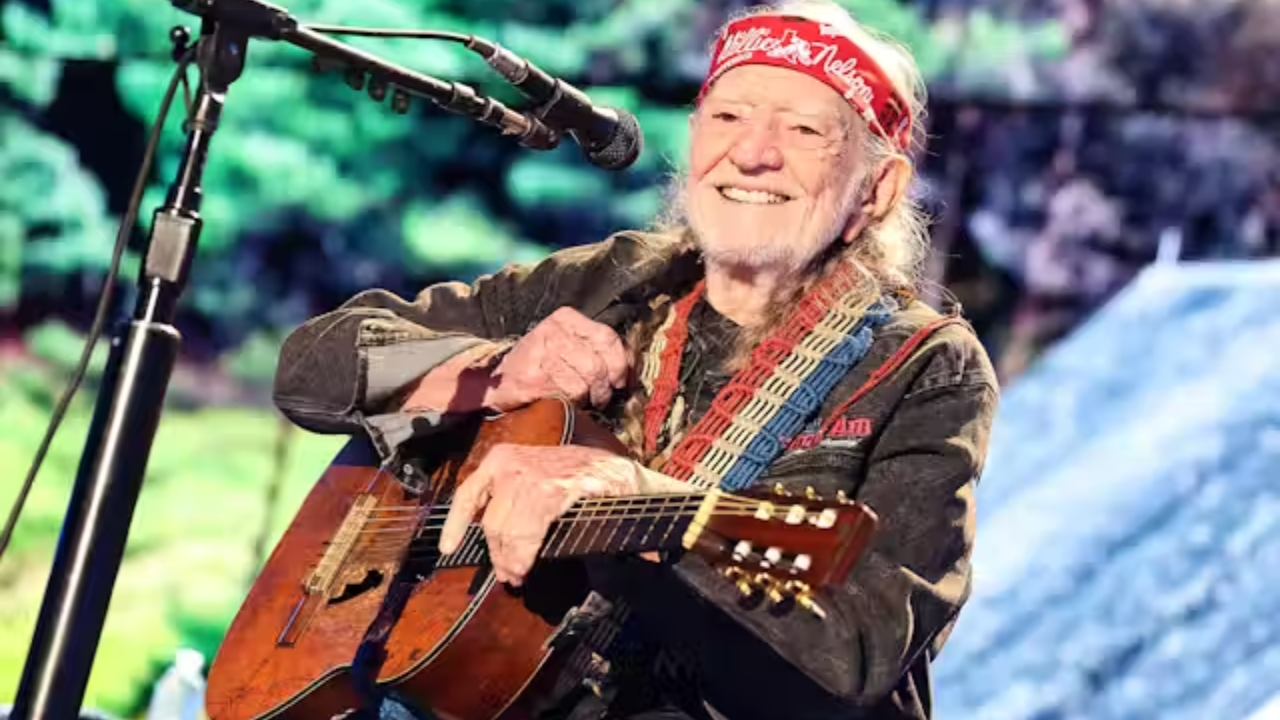

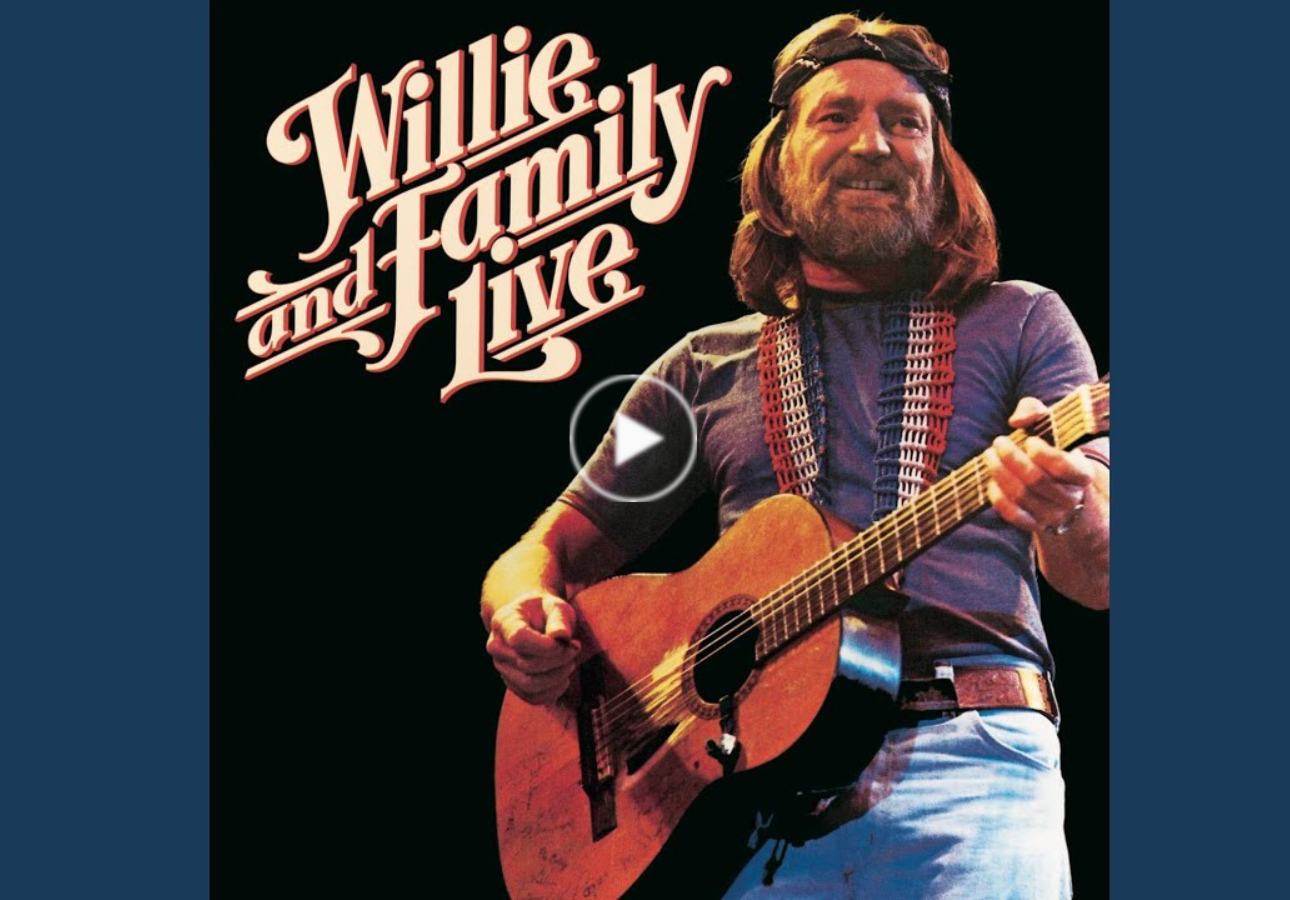

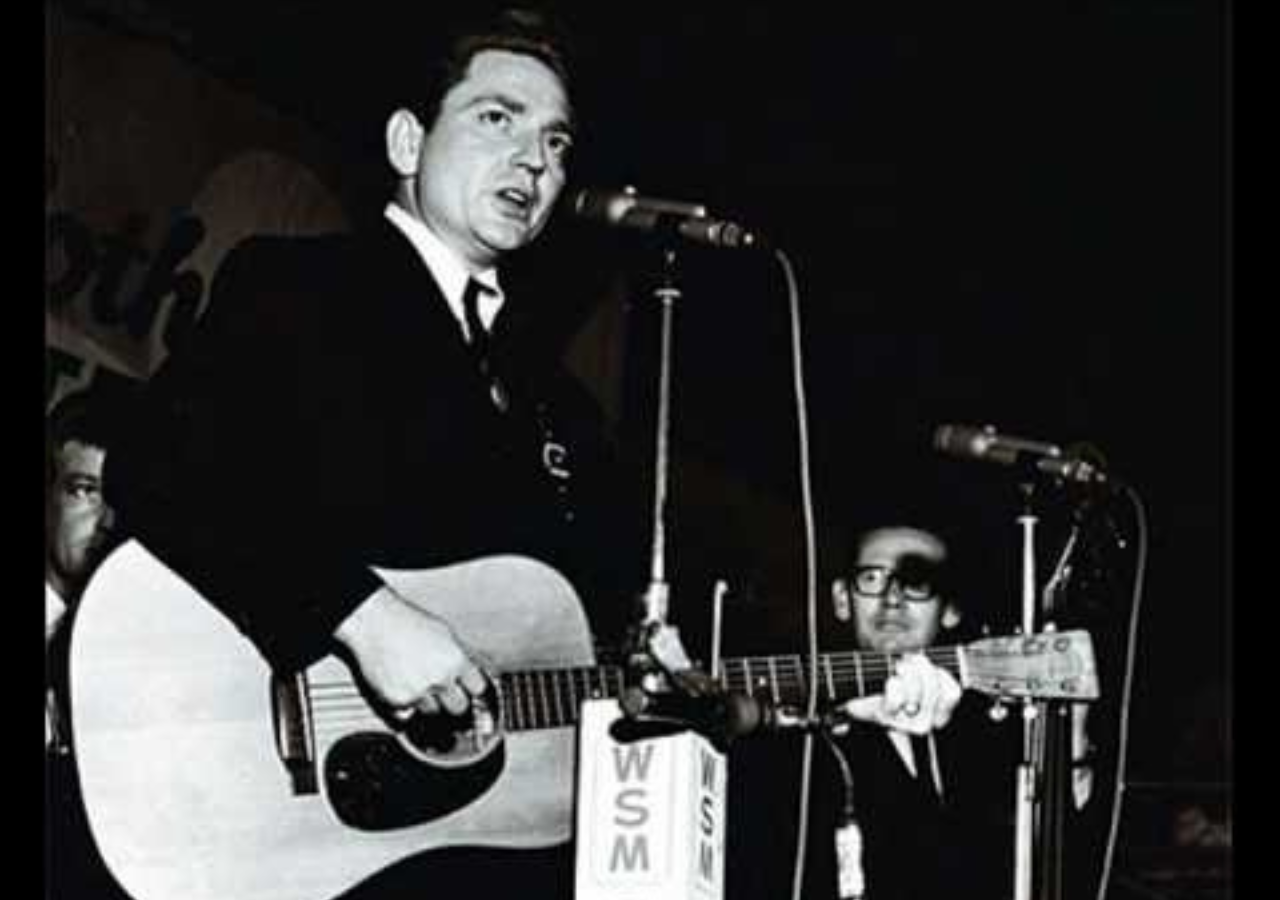

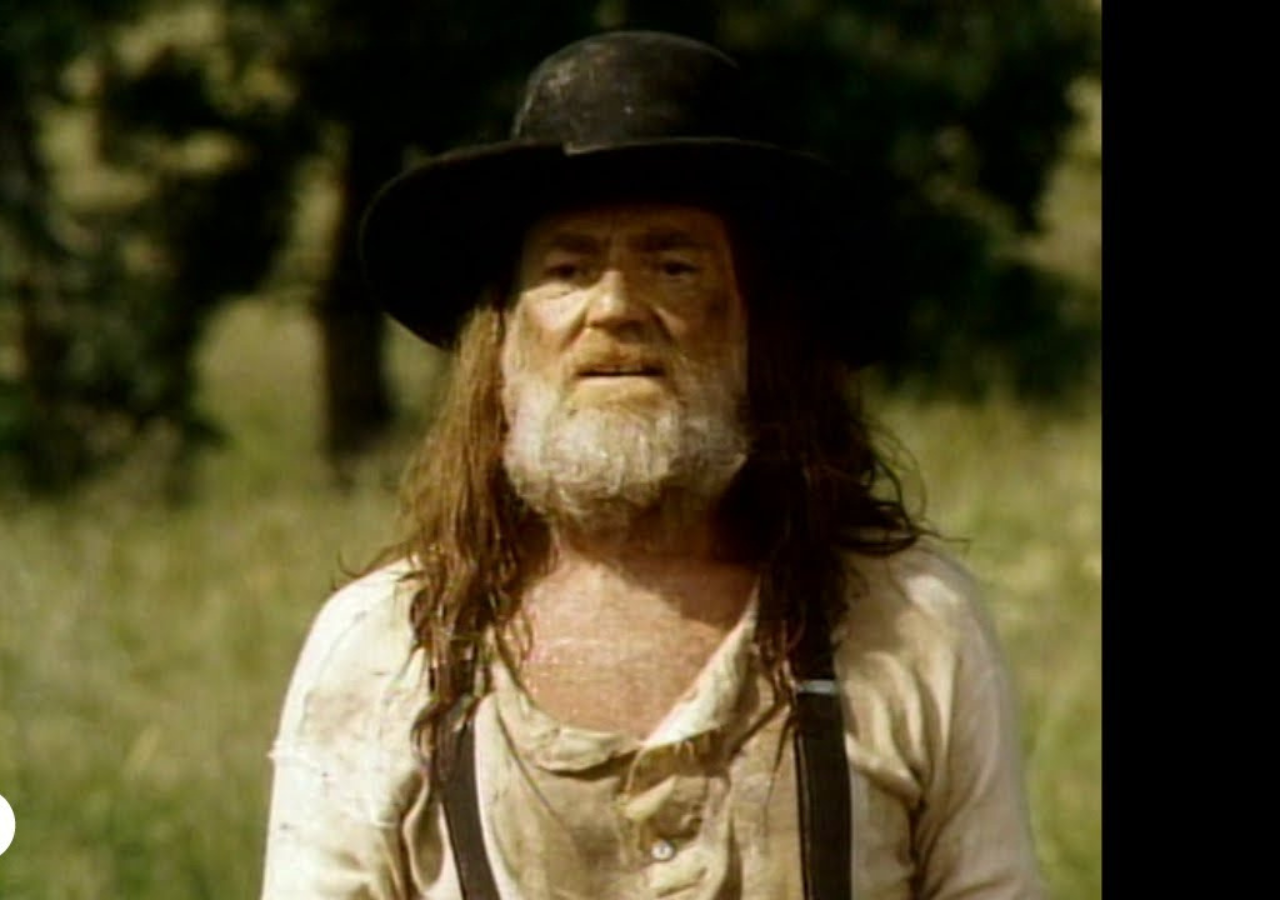




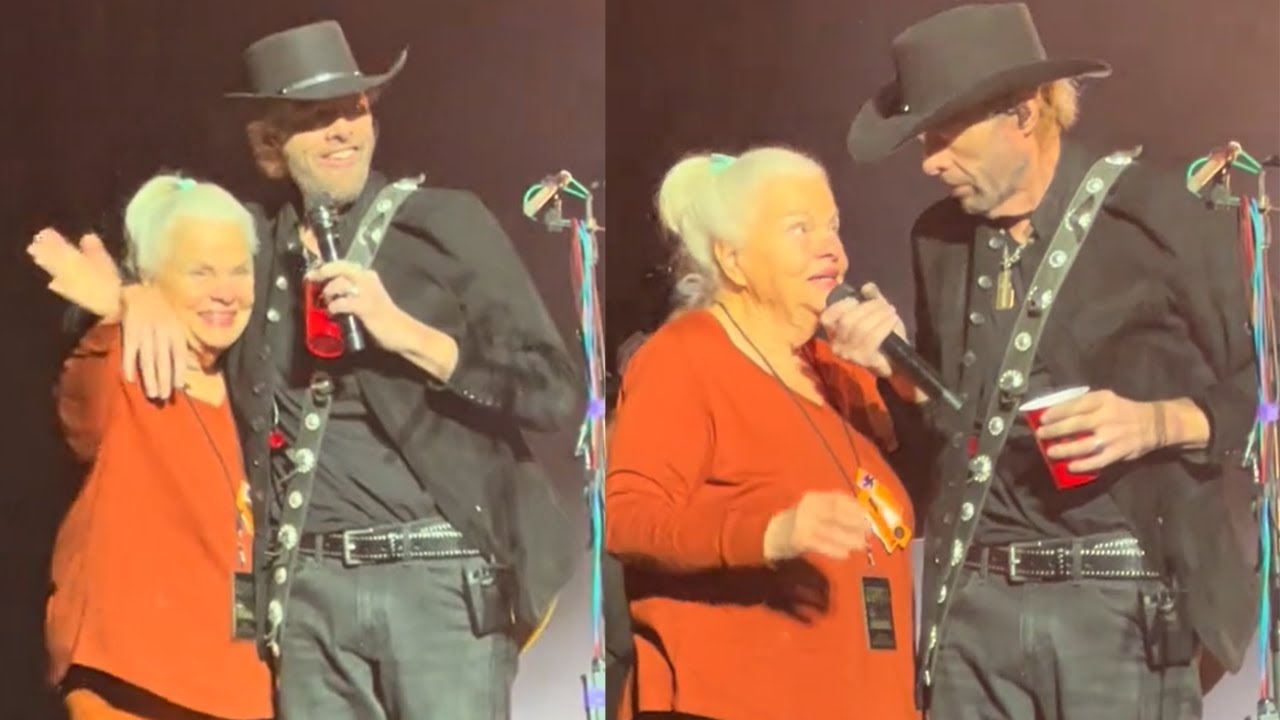
Leave a Reply